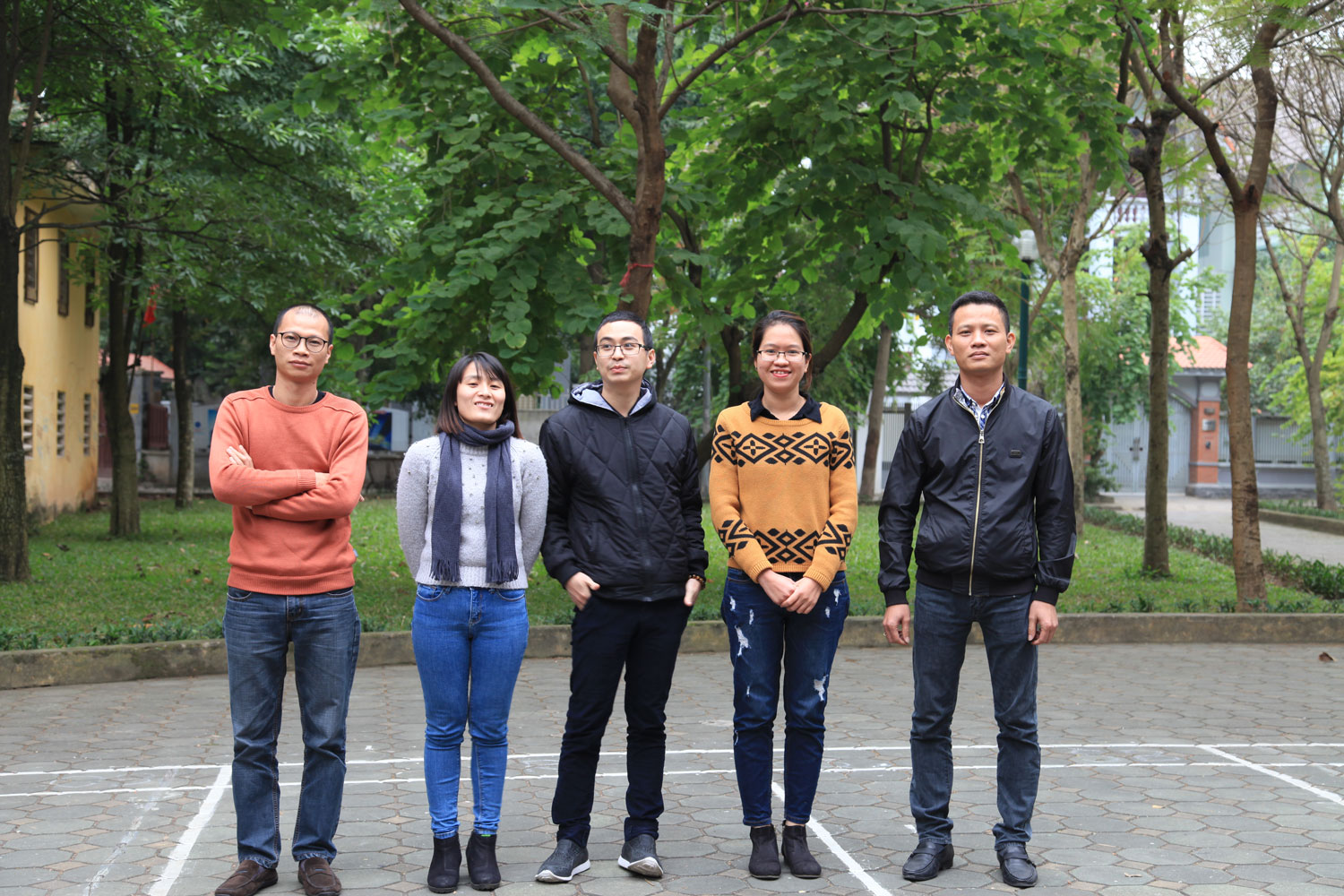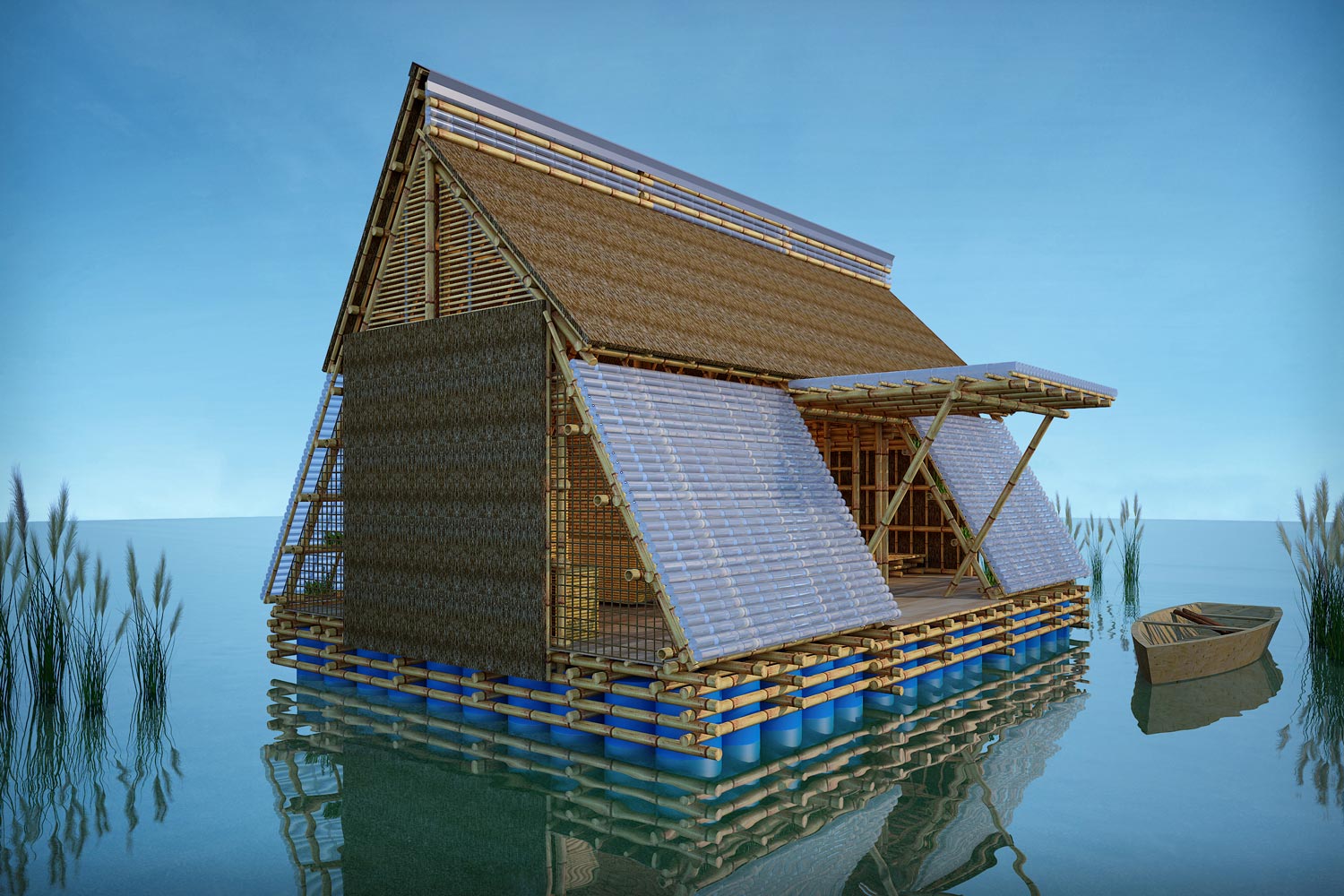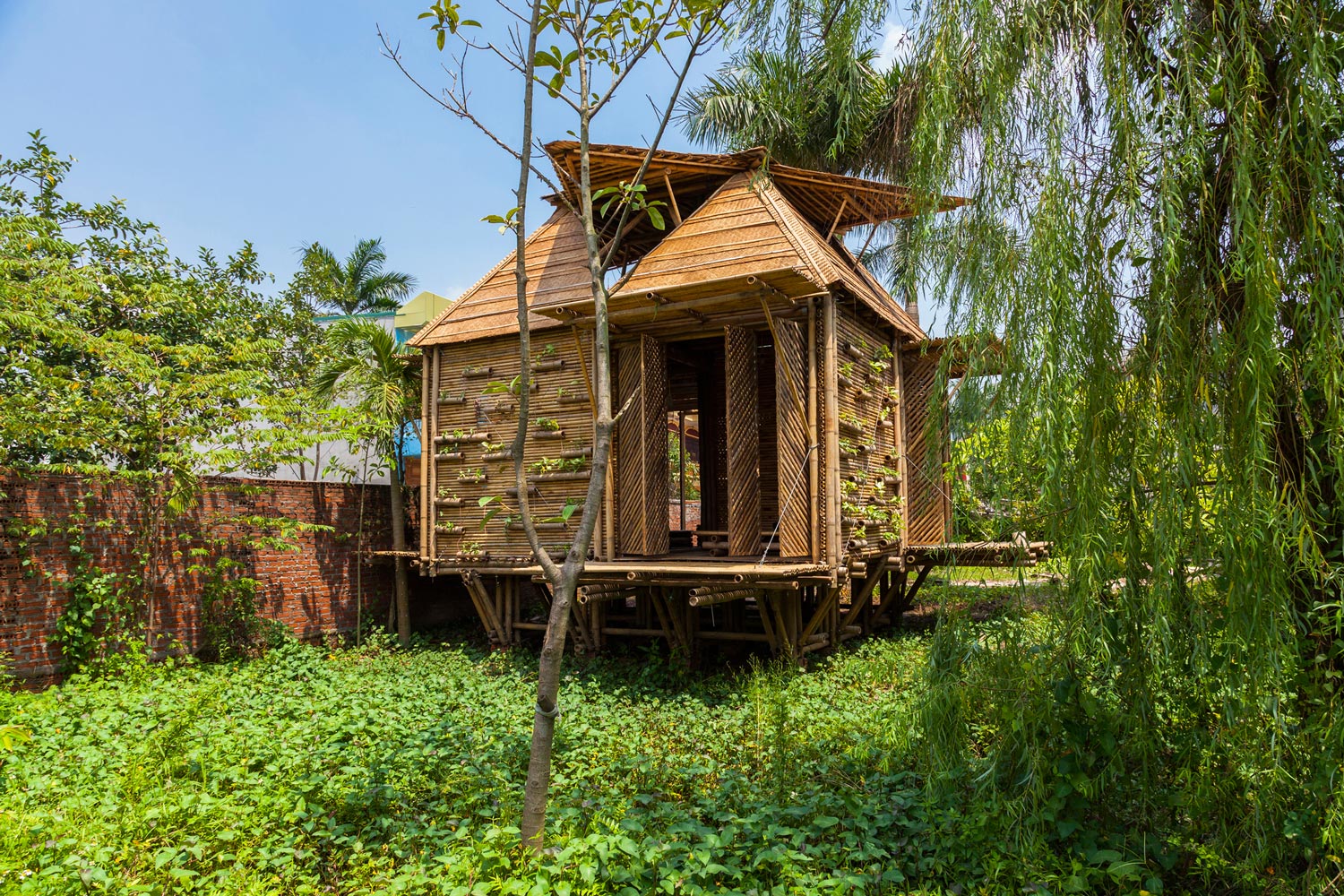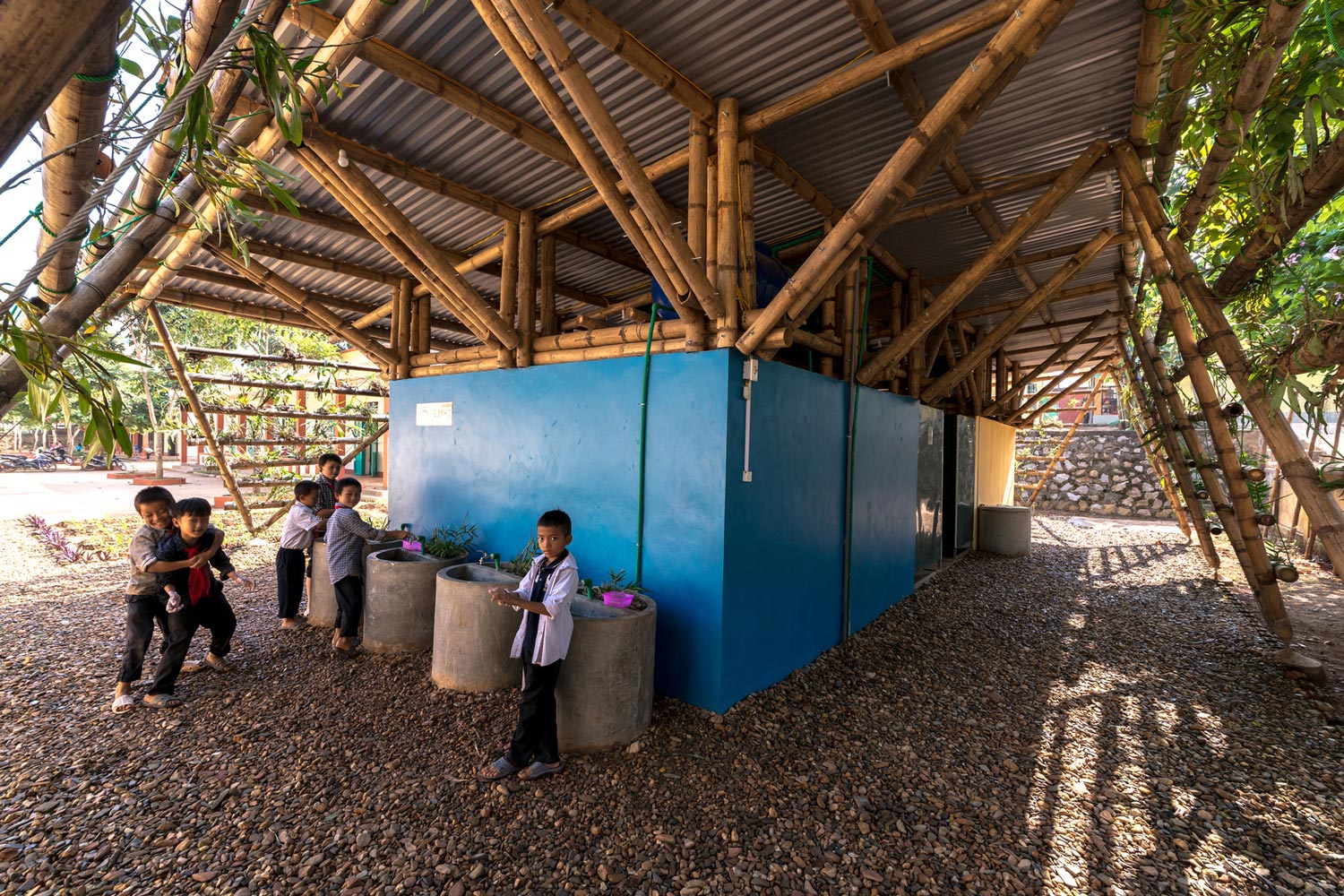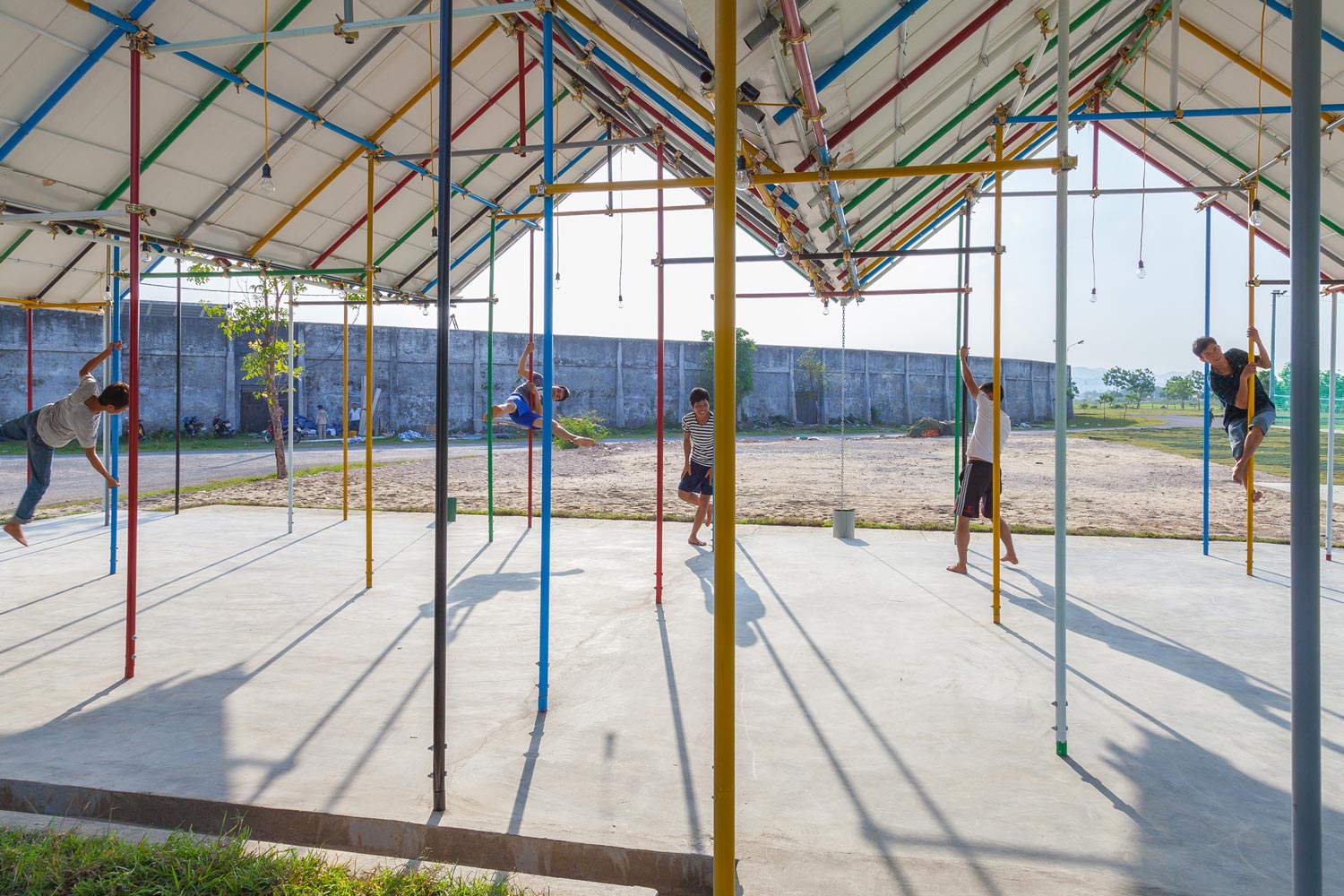H&P Architects
Hanoi-based H&P Architects was founded by Doan Thanh Ha and Tran Ngoc Phuong, who studied in the same class at Hanoi Architecture University and graduated in 2002. For their community-related projects, they consult with Dr Nguyen Tri Thanh – the Deputy Dean of Faculty for Architecture at Hanoi Architecture University.
Doan focuses on social projects and navigating the challenges that come with implementing projects in difficult and disadvantaged communities in Vietnam. H&P’s social projects have been formulated with the viewpoint of creating spaces (‘necessary space’ is Doan’s term) that can meet and be adapted to the most fundamental needs (physiological, safety, belonging) of the poor and the disadvantaged. ‘Necessary space’ is made of ‘necessary materials’ (cheap, locally available, recycled materials) with construction technology that is appropriate to the specific context. Often, traditional craftsmanship is combined with modern technology and the building users participate in the construction.
H&P hopes this approach will raise awareness, provide inspiration and shape future actions among users, encouraging them to take action and responsibily for creating a society with a ‘necessary’ and friendly culture, community and climate. H&P’s ‘necessary spaces’ are diverse in size, ranging from meeting an individual’s fundamental needs to a household and more broadly a population segment. Contexts of construction range from vulnerable communities in areas hit bynatural disasters to poor ethnic minorities in mountainous areas, or disadvantaged communities in urban and rural areas.
The studio’s projects fall into three categories: modular houses, education and healthcare, and open community spaces. For its modular houses, H&P explores bamboo as a material that is easy to construct with (via bolting, binding and hanging) yet resilient to disasters such as flooding. The studio is currently experimenting with a version of its Blooming Bamboo House that could withtand a three-metre flood. On a fixed bamboo frame, local materials such as thin bamboo, bamboo wattle, fibreboard and coconut leaf can be applied with a vernacular sensibility. Another strad of investigation involves floating bamboo homes.
Education, healthcare and community space projects similarly make use of local materials and traditional building methods, based on the idea of centralising the users in the process of construction. The projects range from urgently needed school toilet blocks to pavilions for community use.
Photography: Doan Thanh Ha, Nguyen Tien Thanh, Tran Tuan Trung
